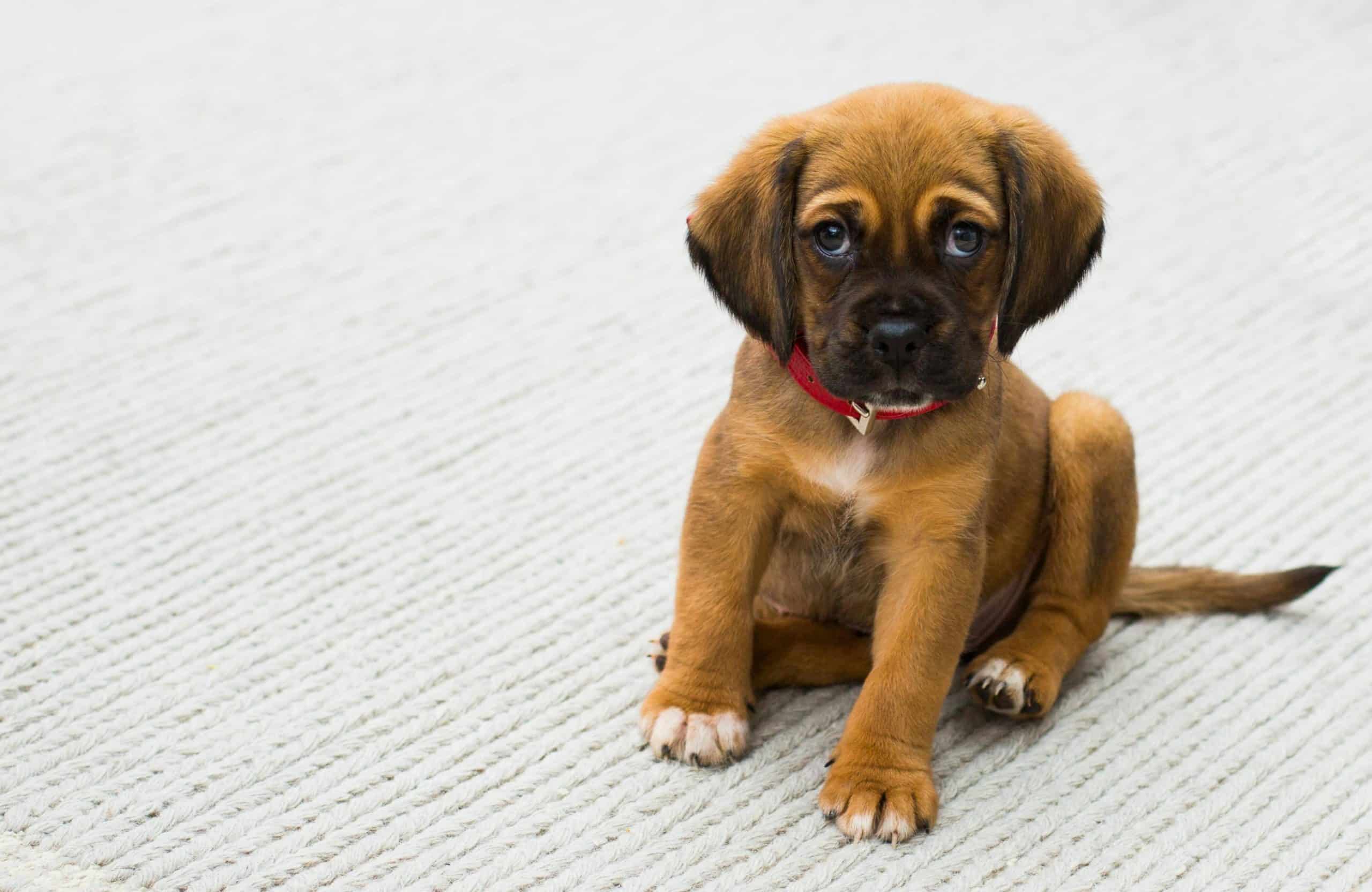How to Create an Effective Noise Desensitization Schedule for Noise-Averse Dogs?

Noise aversion in dogs is a common issue that, if left unaddressed, can lead to severe anxiety and fear-related behaviours. This problem can be triggered by different types of loud sounds, including fireworks, thunderstorms, and even the noise of vacuum cleaners. As pet owners, it’s crucial to understand and address this issue promptly. This article will provide an in-depth guide on creating an effective noise desensitization schedule for your noise-averse dog, thus reducing their fear and anxiety levels.
Understanding Your Dog’s Noise Aversion
Before delving into creating a noise desensitization schedule, it’s important to understand what noise aversion in dogs is and how it manifests. Noise aversion, or noise phobia, is categorized under anxiety disorders in animals and is characterized by an excessive and immediate fear response to certain sounds.
A lire également : How Can You Tell if Your Tortoise Is Getting the Right Amount of UV Light?
Symptoms can range from mild, such as inattentiveness or refusing to eat, to severe, such as panic attacks or attempting to escape. It’s important to note that while some dogs may only react to very loud sounds, others may display fear behaviours in response to routine household noises. Therefore, understanding your pet’s specific triggers is fundamental in tailoring an effective desensitization schedule.
The Role of Desensitization in Treatment
Desensitization is a behaviour modification technique that involves exposing the dog to the noise that causes fear in a controlled and gradual manner. The goal is to help the dog learn to associate the previously feared noise with positive or neutral experiences, thereby reducing their anxiety and fear response.
A découvrir également : What Are the Key Elements of a Raw Food Diet for Siberian Huskies?
While desensitization requires patience and consistency, it can be a highly effective method of treating noise aversion in dogs. It’s essential, however, to pair this technique with counterconditioning, where the dog is taught a new response to the feared sound. This combination can dramatically improve your pet’s quality of life and can help them better handle noisy environments.
Creating a Noise Desensitization Schedule
To create a successful noise desensitization schedule, you’ll first need to identify the sounds that trigger your dog’s fear or anxiety. Start by making a list, being as specific as possible. For example, instead of noting "fireworks," you might list "the sound of fireworks exploding" or "the whistling sound of a skyrocket."
Once you’ve identified the triggers, you’ll need to create a hierarchy of noises, starting from the least to the most frightening. This hierarchy will guide the exposure process, ensuring that your dog is not overwhelmed.
Then, using a device that can produce or mimic these sounds (such as a speaker or a sound effects app), start playing the noise at a volume low enough that your dog seems curious but not scared. Reward your dog for calm behaviour, gradually increase the volume over time, and always stop the session if your dog seems overly stressed. Remember, the goal is not to flood your pet with scary sounds, but to help them gradually get used to them.
Professional Help and Training
While desensitization can be done at home, it’s often beneficial to seek the assistance of a professional dog trainer or a vet who is experienced in dealing with noise phobia. Professional trainers can provide more tailored training programs that suit your dog’s specific needs and can monitor your dog’s progress closely.
A vet, on the other hand, can rule out any underlying medical conditions that may be contributing to the fear behaviour. They can also prescribe medications or recommend natural supplements that can help manage anxiety during the training process.
Key Factors in a Successful Desensitization Schedule
Ensuring the success of a noise desensitization schedule involves more than just gradually increasing sound levels. It’s crucial to remain patient and consistent throughout the process. Remember that setbacks are a normal part of the process and that progress may be slow.
Rewarding your dog for calm behaviour is essential. Use high-value rewards like their favourite treats, toys, or praise. This positive reinforcement can help your dog associate the noise with positive experiences.
Lastly, never force your dog to endure the noise. If they’re showing signs of severe stress or fear, stop the exposure immediately. Forcing your dog to face their fear without proper desensitization can lead to further trauma and can exacerbate the noise aversion.
In conclusion, while noise aversion in dogs can be challenging to deal with, creating an effective noise desensitization schedule can significantly reduce your pet’s fear and anxiety. However, remember to always consult with a professional, whether it’s a vet or a dog trainer, to ensure that the methods you’re using are safe and effective.
The Importance of Addressing Noise Phobia in Dogs
Noise phobia in canines is more than just a minor annoyance; it can severely impact a dog’s quality of life. When dogs exhibit signs of fear or anxiety in response to loud noises, it can result in problematic behaviors such as destructive actions, self-harm, and excessive barking. In some cases, it can even lead to more serious conditions like separation anxiety, a state where a dog displays extreme distress and behavior issues when away from its owner.
Addressing the issue of noise anxiety in dogs is a matter of both pet health and pet happiness. Dogs suffering from noise phobias often experience an elevated heartbeat, rapid breathing, and excessive panting, which are all signs of stress and can potentially lead to long-term health issues if left unresolved.
Creating a noise desensitization schedule, along with seeking professional help, can significantly improve the health and happiness of your pet by reducing their fear and anxiety levels in response to loud noises.
Combating Firework Fears and Other Noise Phobias in Dogs
Firework fears in dogs are a common example of noise phobia. The loud, unpredictable sounds can cause severe anxiety in dogs, leading to panic-driven behaviours. However, this form of noise aversion can be addressed with an effective noise desensitization schedule.
Other common noise phobias in dogs include thunderstorms, car horns, and household appliances such as vacuum cleaners or hairdryers. Identifying the specific noise triggers for your pet is the first step towards helping them overcome their fear and anxiety.
Creating a noise desensitization schedule tailored to your dog’s specific phobias can help to gradually decrease their anxiety levels in response to these noises. Incorporating behavior modification techniques such as counterconditioning, where the dog is taught to associate the fear-inducing noise with a positive or neutral experience, can also be beneficial.
Remember, the key to a successful desensitization schedule is patience, consistency, and a focus on your pet’s comfort. Always keep in mind that forcing a dog to endure the noise can lead to further trauma and exacerbate their noise phobia.
Conclusion
In conclusion, noise aversion in dogs is a prevalent issue that needs to be addressed for the betterment of your pet’s health and happiness. By understanding the nature and triggers of your dog’s noise phobia, creating an effective noise desensitization schedule, and seeking professional help when necessary, it is possible to significantly reduce your pet’s fear and anxiety levels. Remember to always approach this process with patience, consistency, and a focus on your pet’s comfort and well-being. With the right approach, you can help your dog overcome their fear of loud noises, improving their quality of life in the long term.
